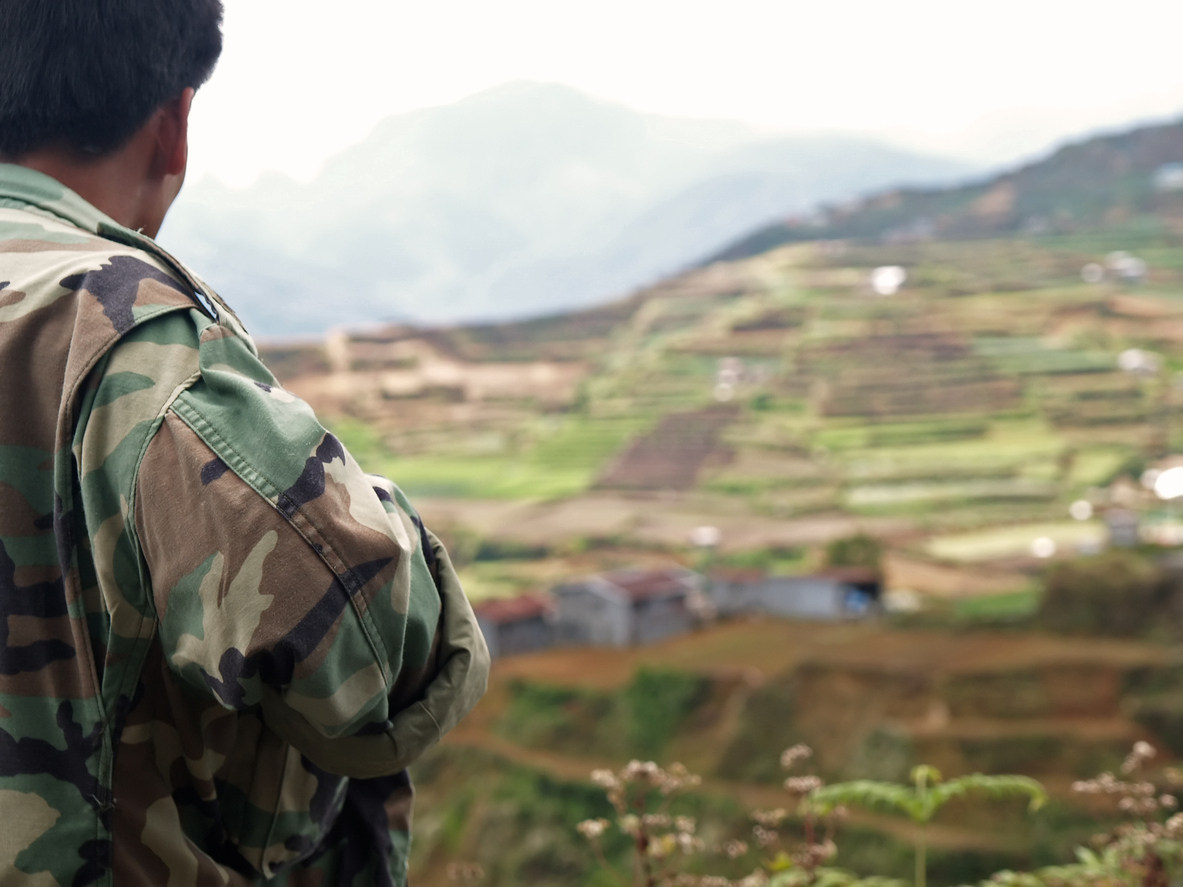Time Period: 1982-1986
Location: The Philippines
Main Actors: Armed Forces of the Philippines, Reform of the Armed Forces Movement (RAM), Fidel Ramos, Juan Ponce Enrile
Tactics
– Selective refusal of assistance by government aides
– Mutinies by government personnel
– Blocking of lines of command and information by government personnel
The Philippines became increasingly authoritarian during the 1965-86 tenure of President Ferdinand Marcos. Between 1972-1981, the Marcos regime ruled under martial law, suspending parliament and censoring the media. Marcos justified these measures by exaggerating the threat of communist and Muslim insurgencies. Under this pretext, the Marcos regime committed grave human rights abuses, including torture, extrajudicial killings, and forced dissapearances. The 1986 presidential election, Marcos’ last before fleeing the country, was marked by widespread fraud and state violence.
The armed forces were a key pillar propping up Marcos’ dictatorship, detaining and repressing those who threatened his grip on power. Officers were promoted, dismissed, and reshuffled in accordance with their loyalty to Marcos. In the mid-1980s, a dissatisfied military faction formed the Reform the Armed Forces Movement (RAM). RAM became a haven for key military defectors, including Defense Minister Juan Ponce Enrile and Chief of the Philippine Constabulary Fidel Ramos.
One month after the unfree and unfair 1986 election, RAM, under the leadership of Enrile, planned a coup against the Marcos regime. The coup was aborted after officers loyal to Marcos preempted it. However, the coup-plotters retreated to and occupied multiple military camps, namely Camp Aguinaldo and Camp Crane. There they engaged in a standoff with the loyalist forces.
During the standoff, RAM’s leadership coordinated with Catholic Cardinal Jaime Sin as well as civilian political leaders, meeting secretly at their respective homes. Sin called on Filipinos to stand together against Marcos via the church-run Radio Veritas. Millions of unarmed citizens gathered to protect the RAM leadership, forming human barricades at the military camps. Marcos ordered his troops to fire on the protesters, which the troops refused to do. Defections began to spread throughout the armed forces, particularly the Air Force and Marines. As the military, Filipino society, and the US withdrew its support, Marcos fled the country in February 1986, going into exile in Hawaii.
The Philippines’ “People Power” revolution was one of the 20th century’s most successful nonviolent uprisings, inspiring protesters at Tiananmen Square, the 1989 revolutions in Eastern Europe, and the Arab Spring. Filipinos ousted a dictator who had been in power for over two decades and enjoyed extensive US support. And despite the crucial role played by the armed forces, People Power inaugurated a civilian administration. Nevertheless, democracy in the Philippines has not consolidated since Marcos’ ouster and there have been multiple attempted military coups.
US democracy organizers can learn much from the military’s actions during People Power. For one, the security sector can be an important ally in the fight against dictatorship, this in contrast to the assumption that soldiers favor strongmen leaders promising stability. Filipino military elites demonstrated powerfully their opposition to Marcos’ election-rigging and repression of unarmed civilians. At the same time, their behaviors were shaped and influenced by the mass mobilization of Filipino civilians, who demonstrated a collective rejection of the Marcos dictatorship through disciplined nonviolent action. Moreover, their commitment to democracy need not be exclusively moral: elites from the security, business, and religious pillars were strategically committed to both preventing communist and Islamist forces from gaining power and to retaining US financial and military support (Mendoza 2009).
A second lesson is that pro-democracy movements are more likely to succeed when they mobilize a large and diverse set of supporters. The Philippines’ security sector not only worked against Marcos but coordinated their actions with business elites and high-ranking Catholic leaders. All three pillars worked alongside and protected the popular protesters.
Where to Learn More
– Amnesty International (2022). “EDSA People Power Revolution.”
– Mendoza, A. (2009). “‘People Power’ in the Philippines, 1983–86.” In A. Roberts & T. G. Ash (Eds.), Civil resistance and power politics: the experience of non-violent action from Gandhi to the present. Oxford University Press.
– Tesoro, J.M., & Saludo, R. (1996). “The Legacy of People Power.” AsiaWeek.
You can access all the caselets from the Pillars of Support Project here.

